Board gaming has grown into an incredible industry. With countless new releases, increasingly extravagant components, and impressive design solutions, it truly feels magical—though, in my opinion, Go remains the most beautiful game ever created.
For teachers and parents, however, board gaming is fascinating from a different perspective (or multiple ones). We see how beneficial it is for children, how it helps them develop in countless ways. Board game pedagogy is about exposing kids to a wide variety of game mechanics and experiences, believing that this exposure will have a meaningful impact.
But let's be honest—owning many board games today costs a small fortune. Yet, the tool itself is invaluable.
So what's the solution?
First, we need to pause for a moment—not just when it comes to board gaming. This extreme level of consumption is clearly unsustainable, yet the social pressure to keep up is immense.
On the PlayWise website, you'll find several articles exploring how to create board game experiences from almost nothing. For example, we've discussed how coloring can be gamified—we even have multiple board game-inspired coloring pages. But you can gamify nature too, and we've collected recommendations for outdoor board games as well.
Then there's the question: Do we know enough classic abstract games or traditional card games? Many of them can be played with the same or very similar components. We've also compiled games that require little to no materials.
And I include Print and Play games in this category as well, since their ecological footprint is significantly smaller compared to standard manufacturing.
All these approaches share one message: Stop for a moment. Look around. The game is already there, surrounding us—we just need to recognize it and learn how to use it. There's no need to rush to the store and buy something new.
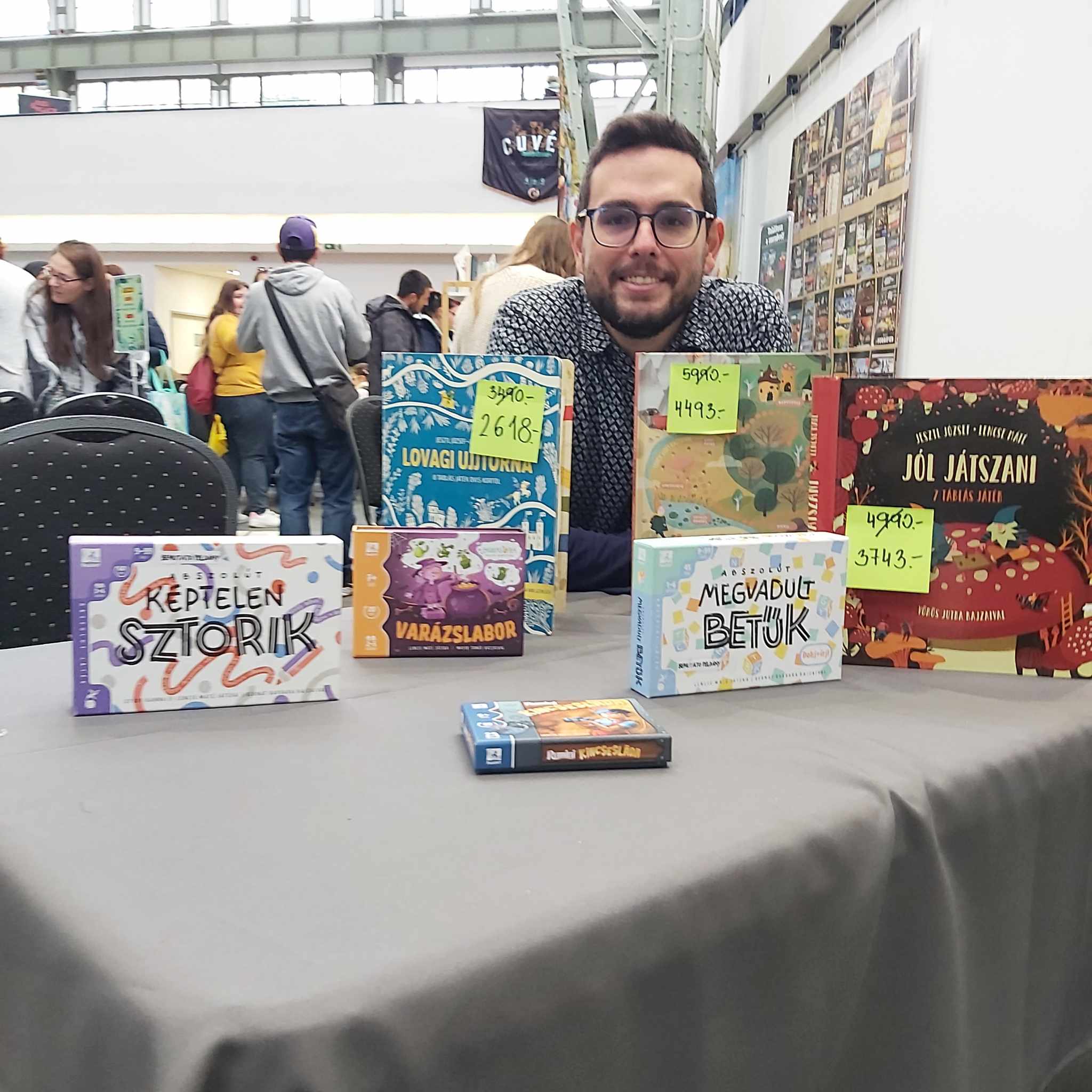
I genuinely believe that if everyone only had as many games as they truly needed, the world would be a happier place in many ways. Maybe someone will find inspiration in these ideas and create an amazing educational program or an enriching home environment for children.
In 2013, we launched an educational program with very little funding, so we had to think in minimalist resources—we ended up creating a lot of things ourselves.
That included board games, too, which we learned to make during a training session.
Below, I'll share a few of these homemade games with you.
Our DIY Game Collection
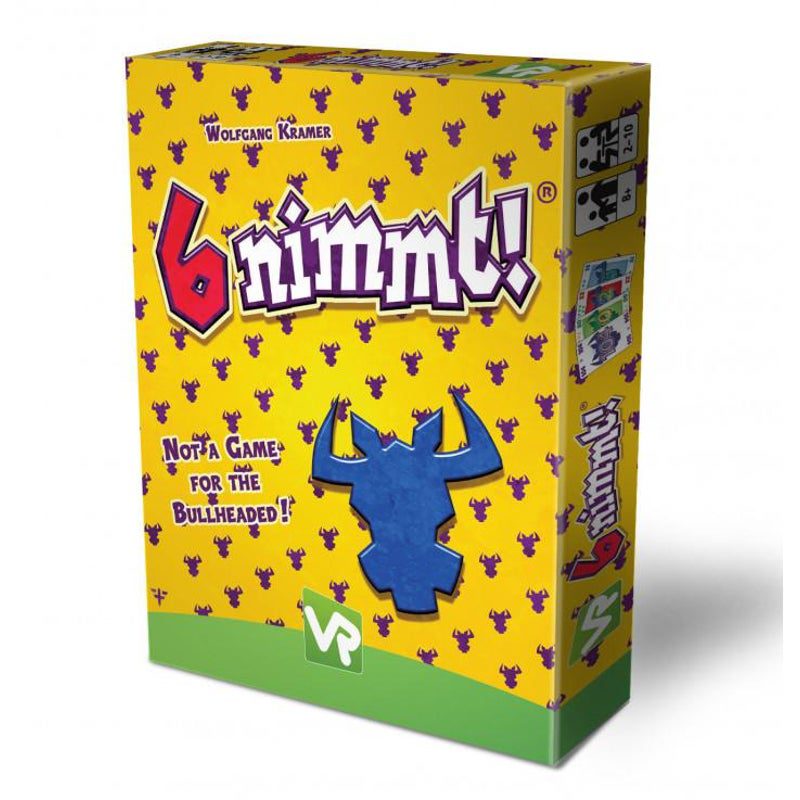
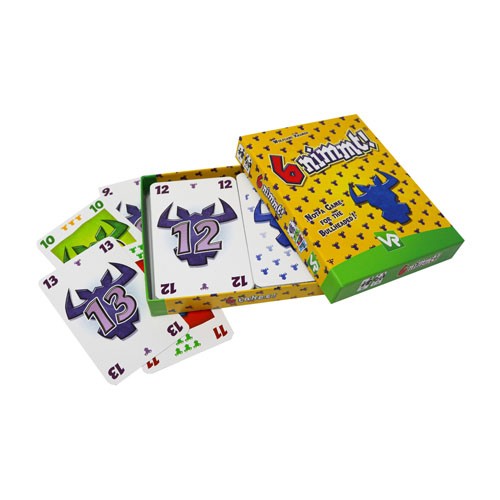
6 nimmt!
A true classic. As simple as it is, it’s equally thinky and math-heavy.
Players simultaneously select a card from their hand and reveal them at the same time. Cards are placed in numerical order into four rows, but whoever places the sixth card in a row must take all five previous cards—earning penalty points. The player with the fewest points at the end wins.
Tools
104 numbered cards, each featuring bullhead symbols that determine penalty points.
Skills Developed
This game enhances strategic thinking, risk assessment, and probability skills, as players must carefully choose where to place their cards to avoid penalties.
If you have a set of number cards, there's already plenty you can play with them. But we couldn't even afford that, so we made our own—unique, cute, and completely ours.
6 nimmt! DIY
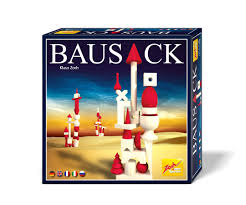
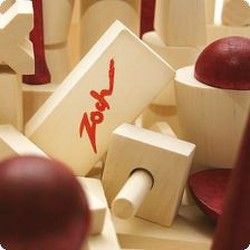
Bausack
We bid, assess risks, or simply build—all with unique, high-quality, and beautifully crafted wooden pieces.
Players take turns stacking wooden pieces to build increasingly unstable structures. In some versions, players can bet on whether their opponents will succeed or fail in placing a piece. The last player to keep their tower standing wins the game, making it a thrilling mix of dexterity and strategy.
Tools
A set of uniquely shaped wooden building blocks, a bag of betting gems (depending on the edition), and game instructions.
Skills Developed
This game enhances fine motor skills, balance, spatial awareness, and strategic thinking, as players carefully stack odd-shaped pieces while making tactical decisions.
We couldn't get our hands on this game for a long time, so we had to gather all sorts of building blocks and unique wooden shapes to play it. But the kids loved it just the same—because the game itself is truly fantastic.
Bausack DIY
DIY Resources
Fortunately, the internet is full of great ideas if you want to make your own board games. Here, we're talking about recreating existing games for personal use. For this, BGG (BoardGameGeek) is the best database, but let's explore some additional tips and tricks:

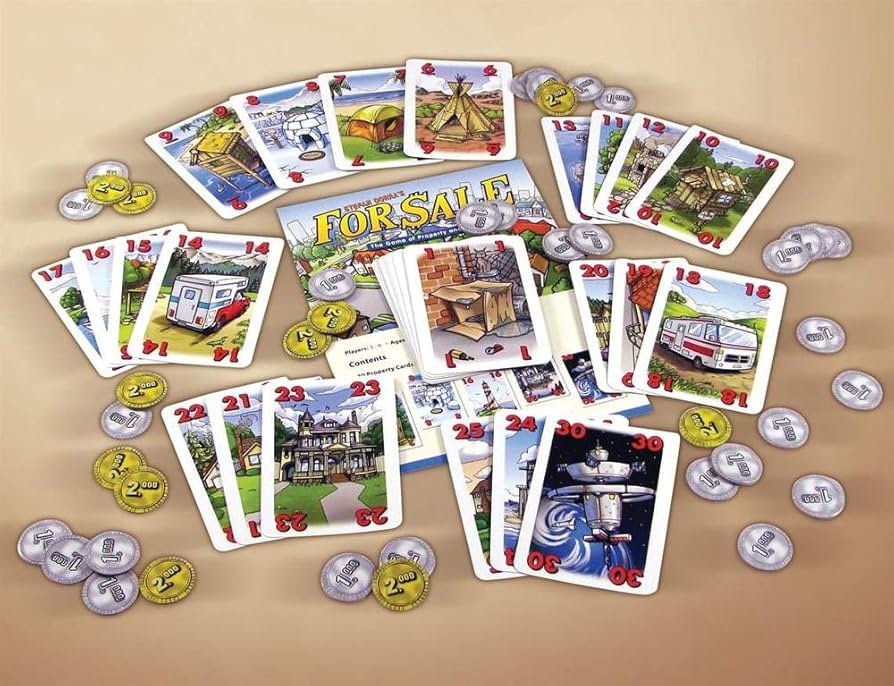
For Sale
Two types of bidding, a game split into two phases—simple yet brilliantly clever classic.
The game consists of two phases: 1)Players bid on properties using their starting money, trying to acquire valuable estates while managing their funds wisely. 2) Players then sell their properties in a second auction, aiming to maximize profit. The player with the most money at the end wins.
Tools
For Sale includes 30 property cards, 30 check cards (money), and 60 coin tokens, all used in a two-phase auction-style game.
Skills Developed
This game enhances strategic thinking, bidding skills, risk assessment, and financial awareness, as players must evaluate when to spend and when to save.
We fell in love with it instantly when we first discovered it, but we had no chance of getting a copy—there wasn't even a Hungarian edition at the time. It didn't seem too hard to redesign, but for some reason, we didn't want to use houses, so we ended up ranking animals instead.
The funniest part? The highest-valued animal ended up being the chameleon, because it can "transform."
For money, we used soda can tabs, which turned out to be incredibly useful—not just for this game, but for other games, math exercises, and so much more.
For Sale DIY
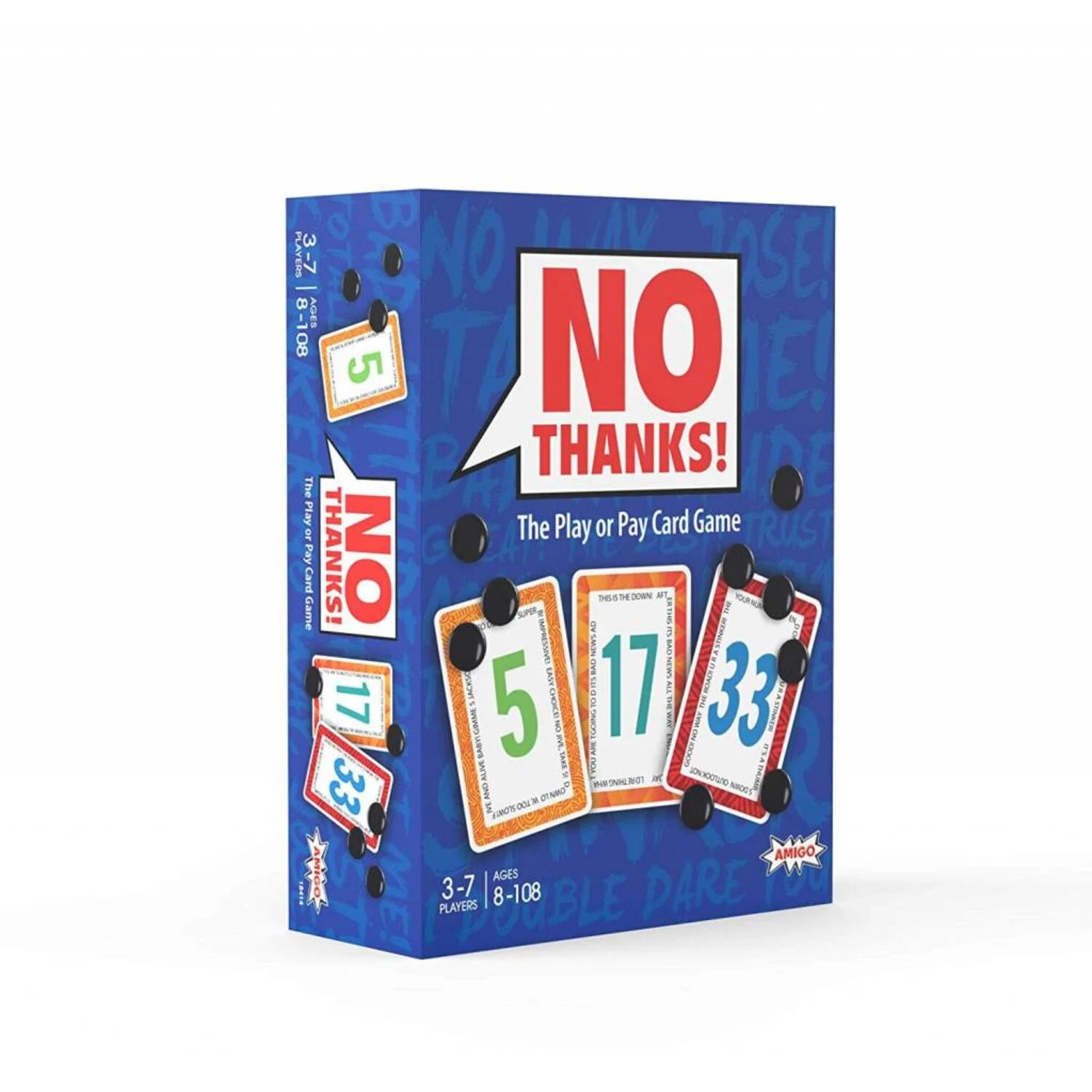
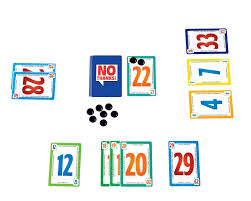
No Thanks!
Take it or leave it? That’s all there is to it—yet every decision makes you sweat.
Players take turns deciding whether to take the face-up card or pay a chip to pass it to the next player. The goal is to collect the lowest total score, with consecutive cards counting only as the lowest number in the set. Once a player runs out of chips, they must take cards, making resource management key. The player with the lowest total score wins.
Tools
33 numbered cards (3–35) and 55 plastic chips.
Skills Developed
This game enhances strategic thinking, risk assessment, probability calculation, and decision-making skills, as players must weigh when to take cards and when to pass.
It's fascinating how such a smart game can be created with such a simple set of components. All we needed were numbers and soda can tabs.
And yes, we love auction games—luckily, we're not the only ones! (This, for example, is a really great list.)
No Thanks! DIY
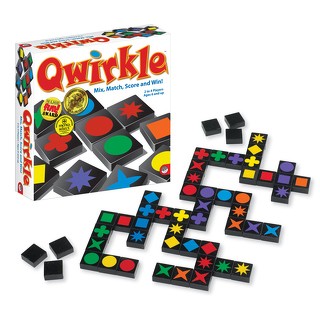

Qwirkle
Take it or leave it? That’s all there is to it—yet every decision makes you sweat.
Players take turns placing tiles in a shared grid, matching either colors or shapes in a row or column. The more tiles placed in a sequence, the higher the score. A Qwirkle (a full set of six matching tiles) earns bonus points. The player with the highest score at the end wins.
Tools
108 wooden tiles featuring six different shapes in six different colors.
Skills Developed
This game enhances pattern recognition, strategic thinking, spatial awareness, and planning skills, as players must carefully place tiles to maximize their points.
We didn't attempt to draw for this one, but even printing, laminating, and cutting was quite a task.
That said, these DIY game-making sessions always ended up feeling like team-building activities as well!
Qwirkle DIY
No spam, ever. Unsubscribe anytime.
Spread the Fun of Learning!
Love our content? Show your support by sharing our page with your friends and help us inspire more families and educators with the joy of learning through play! Your shares truly make a difference. Thank you for being a wonderful part of our community!